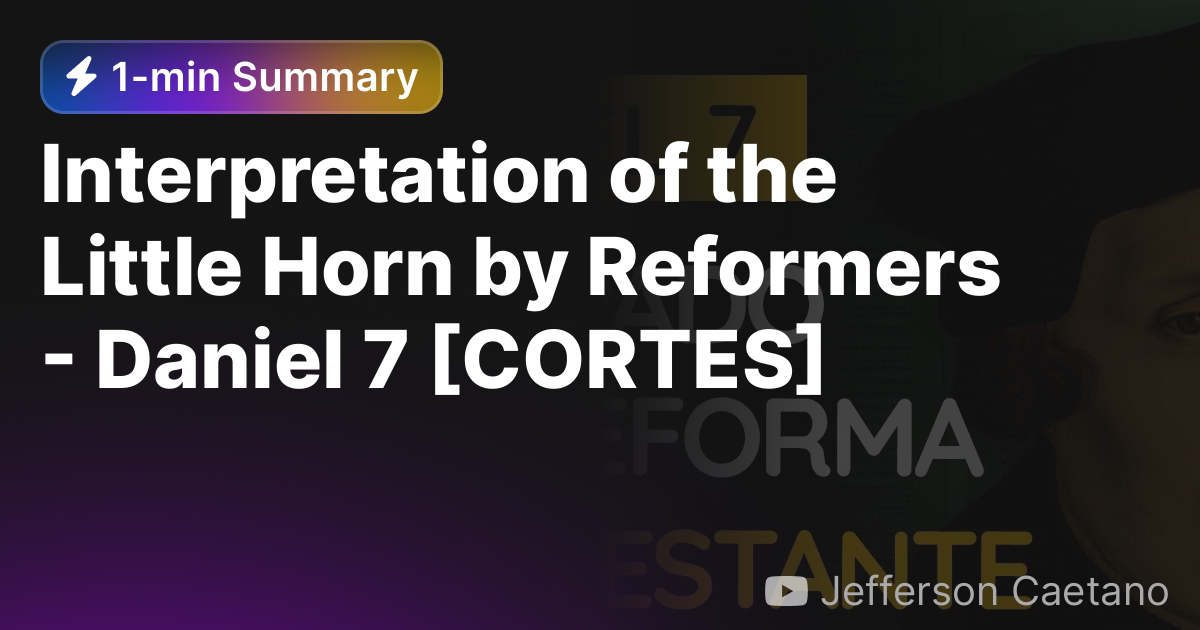Here is
another...
The first beast: the Chaldean or Babylonian Empire
The lion was symbolic of the kingdom of Babylon and the “man’s heart” was that of its most notable king, Nebuchadnezzar, who is written about considerably in the first four chapters of Daniel.
As
The Expositor’s Bible Commentary explains, “The lion symbol was characteristic of Babylon, especially in Nebuchadnezzar’s time, when the Ishtar Gate entrance was adorned on either side with a long procession of yellow lions on blue-glazed brick, fashioned in high relief” (1985, Vol. 7, pp. 85-86).
The eagle’s wings plucked off the lion were symbolic of Nebuchadnezzar’s time of insanity when he was humbled by God to learn that “the Most High rules in the kingdom of men” (Daniel 4:17, 34-37).
Nebuchadnezzar ruled from Babylon to Asia Minor and from the Caspian Sea to Egypt. Biblically, his most notable conquest was that of the nation of Judah, with Daniel being the most famous captive from that nation.
Following his father’s death, Nebuchadnezzar reigned as king of Babylon for 43 years, from 604-561 B.C. (JewishEncyclopedia.com/Nebuchadnezzar). After his death, Babylon continued as a strong empire until 539 B.C., when it was conquered by the second rising power in Daniel’s vision, the Medo-Persian Empire.
The second beast: the Medo-Persian Empire
Daniel 7:5 says, “And suddenly another beast, a second, like a bear. It was raised up on one side, and had three ribs in its mouth between its teeth. And they said thus to it: ‘Arise, devour much flesh!’”
This beast’s being “raised up on one side” represents the Persians being greater than the Medes in this federated empire. This is made plain to Daniel in a vision two years later when he sees a ram with two horns, one being higher than the other. Daniel is told by the angel Gabriel that the ram represents the kings of Media and Persia (Daniel 8:3, 20).
The three ribs that are devoured represent three empires conquered by Persia’s first great king, Cyrus the Great, and his son, Cambyses II. Cyrus came to power in 558 B.C. and conquered the Lydian Empire (Asia Minor) in 546 and the Chaldean Empire (Babylon) in 539; and Cambyses conquered Egypt in 525 (ibid., p. 86).
The Medo-Persian Empire lasted for 200 years and, under later kings, expanded toward Greece in the west and to India in the east. At one point, the Persian Empire covered parts of three continents: Asia, Africa and Europe. But, like the Chaldean Empire, the Persian Empire finally came to an end. A new beast was rising in the west, and its appointed time had come.
The third beast: the Greco-Macedonian Empire
Daniel 7:6 says, “After this I looked, and there was another, like a leopard, which had on its back four wings of a bird. The beast also had four heads, and dominion was given to it.”
As with the second beast, the third beast is clearly identified by the angel Gabriel. It was Greece, and the “first king” was Alexander the Great. After his untimely death in 323 B.C., his empire was divided into four smaller kingdoms (Daniel 8:21-22).
The symbol of the leopard with four wings portrays the swiftness of Alexander’s sudden rise and conquest of the Persian Empire from 334-331 B.C. After his death, several years of struggle ensued that resulted in the division of his empire into four kingdoms. The new kingdoms were (1) Greece and Macedon, (2) Thrace and Asia Minor, (3) Middle East-Asia and (4) Egypt-Palestine.
“After this I saw in the night visions, and behold, a fourth beast, dreadful and terrible, exceedingly strong. It had huge iron teeth; it was devouring, breaking in pieces, and trampling the residue with its feet. It was different from all the beasts that were before it, and it had ten horns.”The last two were ruled by Seleucus, who began the Seleucid Empire, and Ptolemy, who began the Ptolemaic Empire. These two kingdoms are called the king of North and the king of the South in Daniel 11.
Approximately two centuries later, the fourth beast conquered all of these kingdoms and expanded far beyond the lands conquered by the previous beasts.
Daniel 11 shows that the
king of North and the
king of the South will revive and play major roles in end-time prophecies.
The fourth beast, dreadful and terrible: the Roman Empire
Next in Daniel 7:7 we read, “After this I saw in the night visions, and behold, a fourth beast, dreadful and terrible, exceedingly strong. It had huge iron teeth; it was devouring, breaking in pieces, and trampling the residue with its feet. It was different from all the beasts that were before it, and it had ten horns.”
The devouring teeth of iron and the trampling feet correspond with Nebuchadnezzar’s vision of the fourth kingdom being strong as iron, breaking in pieces and crushing all others (Daniel 2:40-41). When the Roman Empire came to power under the Caesars (44 B.C.) it devoured, broke in pieces and trampled the residue of its enemies with its feet—as was described in Daniel’s vision in Daniel 7.
The fourth beast is quite different from the previous beasts, in that it has 10 horns. Daniel 7:24 says, “The ten horns are ten kings who shall arise from this kingdom.” Historically, these revivals began to rise after the fall of Rome in A.D. 476, with the later ones under a new name: the Holy Roman Empire. (For additional information, see “
What Is Babylon?”).
This fourth beast would continue to be revived off and on for over 1,500 years until the end-time 10th revival. The 10th and final revival will be destroyed by Jesus Christ at His second coming (Daniel 7:26-27).
This leads to one other unusual feature of the prophecy of the fourth beast.
The little horn
Daniel 7:8 says, “I was considering the horns, and there was another horn, a little one, coming up among them, before whom three of the first horns were plucked out by the roots. And there, in this horn, were eyes like the eyes of a man, and a mouth speaking pompous words.”
This little horn represents a powerful religious system that would align with the last seven of the 10 political horns that were to arise after the fall of Rome. This coordination between church and state produced what ultimately became known as the Holy Roman Empire.
In verses 21-22 and 25, this little horn makes war against the saints, speaks pompous words against God, intends to change times and law, and persecutes the saints for a “time and times and half a time” (literally three and a half years, but using the day-for-a-year principle of Numbers 14:34 and Ezekiel 4:6, 1,260 years).
Evidence of this persecution can be seen through the centuries, as hundreds and thousands of people in Europe lost their lives...'
And many
others although some try to place Antiochus Epiphanes as the 'little horn power', and this cant be as he doesnt fit at the time given. We can go over that more closely...



